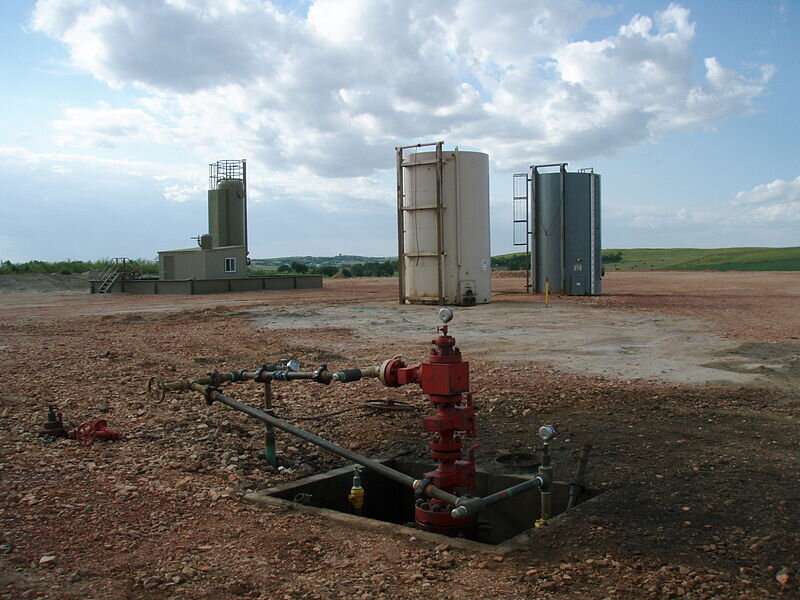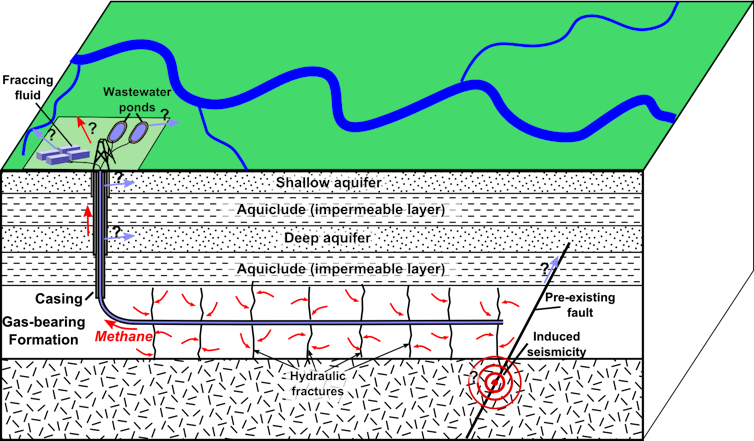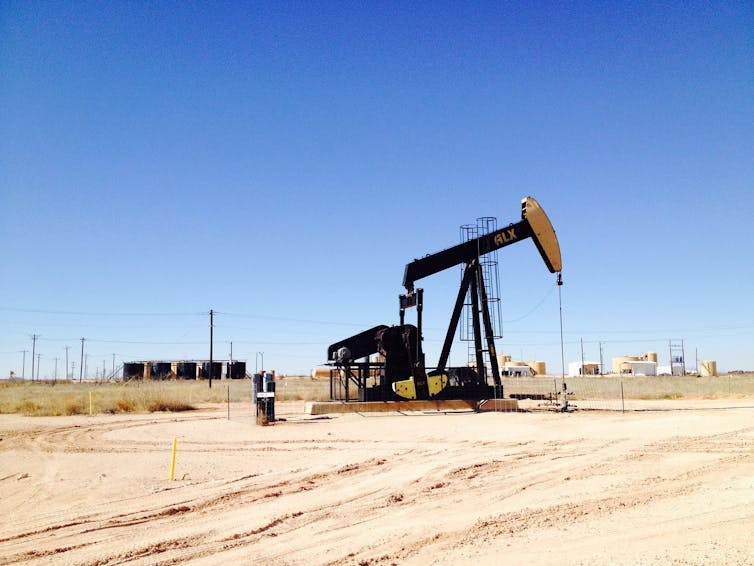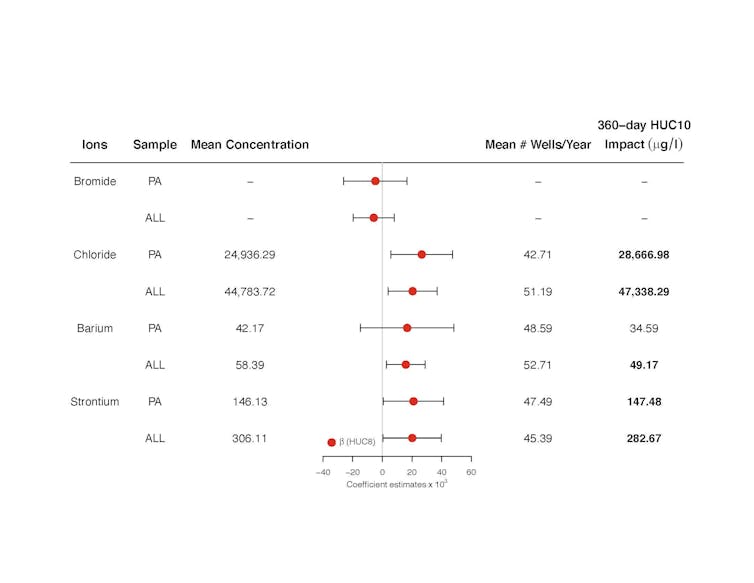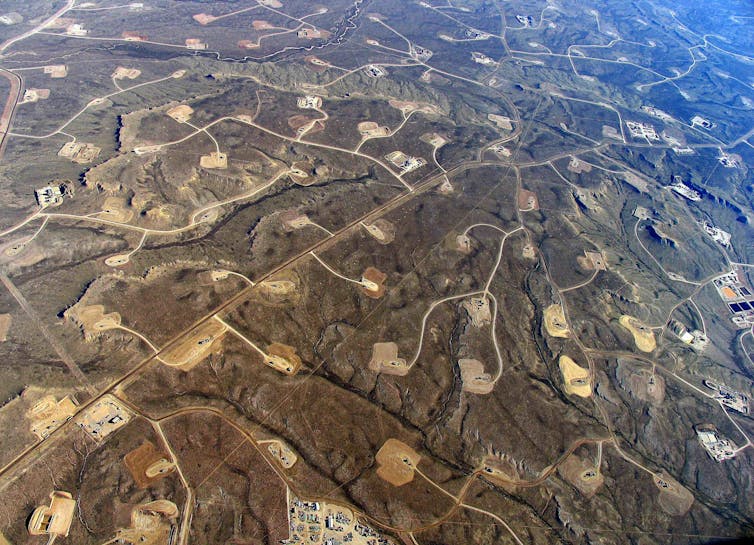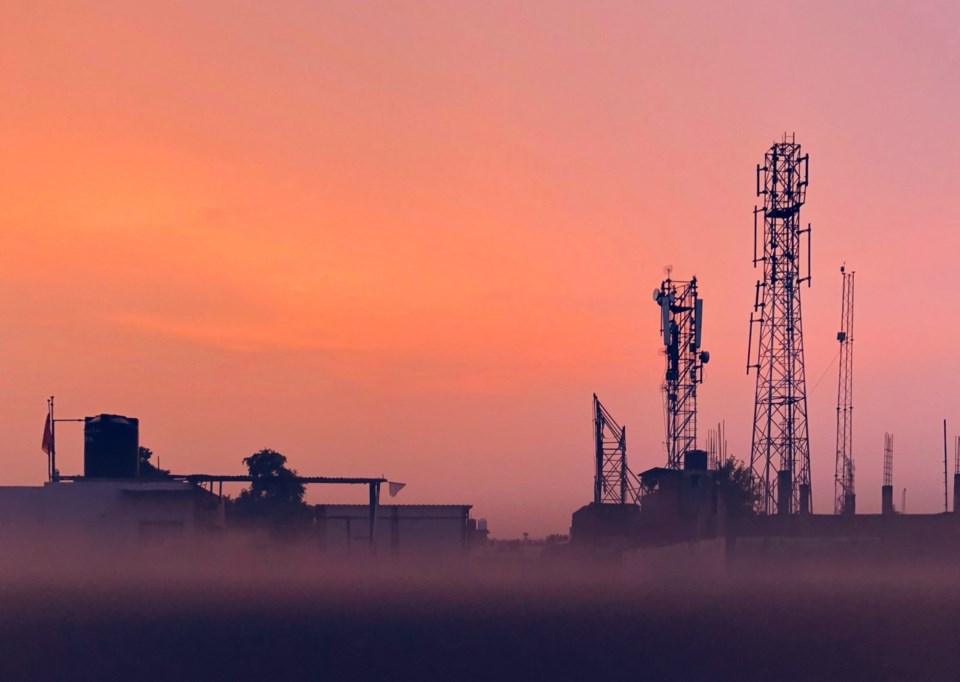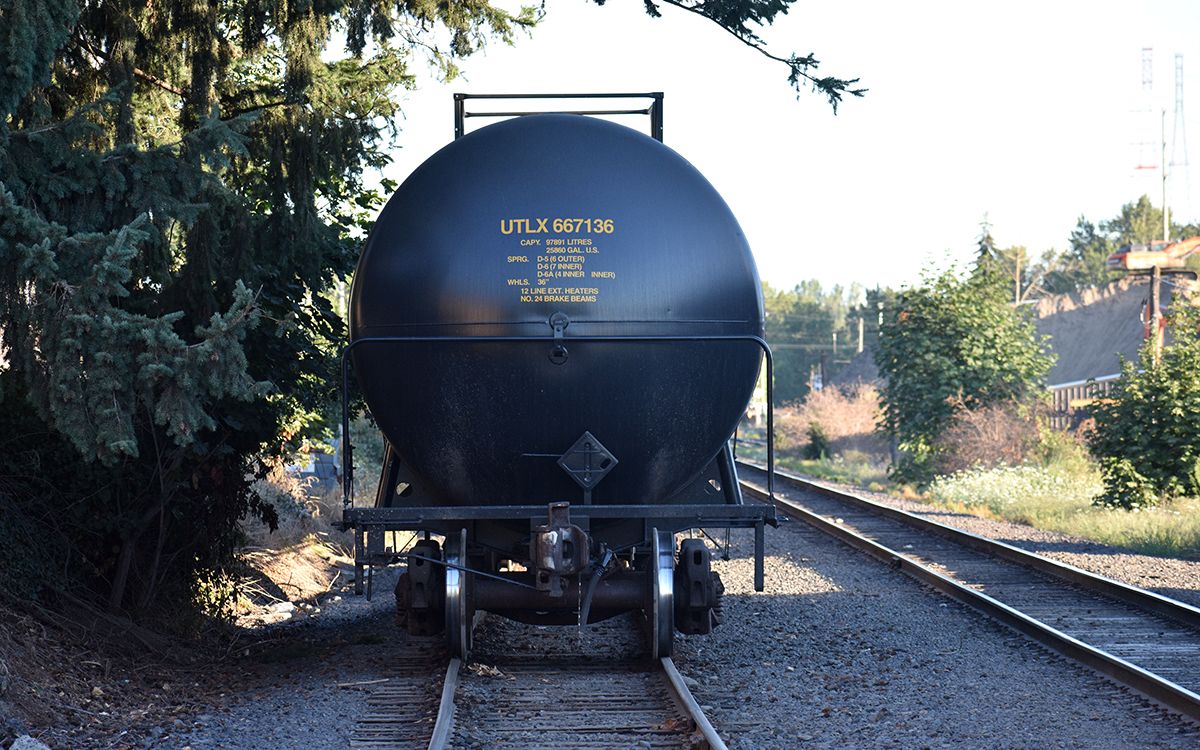
Fracking at Beetaloo Basin given green light despite opposition
By Sarah Smit
-August 27, 2021
A crucial disallowance vote to prevent fracking in the Northern Territory has failed after both Labor and Coalition Senators opposed the vote on Wednesday.
The vote, moved by Greens Senator Larissa Waters, attempted to overturn a ministerial intervention to allocate $50 million in Federal Government grants to fund exploratory drilling for shale gas in the Beetaloo Basin, against the wishes of Traditional Owners, as part of the Commonwealth’s Gas-fired Recovery Strategy.
The vote came just one day after a report by a Senate Inquiry recommended a review of possible conflicts of interest around the grants.
The $50 million in grants has reopened the way for resource companies to drill on Aboriginal land in the Northern Territory, with Imperial Oil and Gas already having received $21 million to support three new wells in the Basin’s east.
Speaking to the Senate Inquiry into Oil and Gas Exploration and Production in the Beetaloo Basin, Traditional Owners from across the NT shared their concerns that fracking in the area could poison their traditional waters and lands.
Fracking uses a high-pressure mixture of water, sand and chemicals injected into bedrock to release underground shale gas.
What is contained in the water mixture is usually a trade secret, with resource companies unwilling to disclose what is being injected into the bedrock.
The impact of potentially toxic frack fluid spilling into the aquifer underlying the Beetaloo gas reserves has prompted Traditional Owners to speak out against the project.
Gudanji, Yanyuwa, Garrwa, Jingili, Mudburra and Alawa Traditional Owners spoke to the inquiry on August 2.
Yanyuwa Garawa woman from Borroloola Joni Wilson told the inquiry that Traditional Owners have not consented to fracking on their Country.
“Country is important to me because it’s my life. It’s part of my body, soul and spirit … Without our land and our water we are nothing — we’re nobody,” she said.
“We have not been given any information about fracking, we have not given anyone permission. No one has asked us, and even if our Old People had, no one understood what was being asked. So no, we haven’t given permission.”
Uncle Jack Green, a senior Elder from Borroloola said the underground water is part of his people’s Songlines.
“We’re really worried about fracking. The water that lies under the land is connected to Aboriginal people — our lore and culture fits into the ground as well as the land underneath,” he said.
“It feeds all Aboriginal people and non-Aboriginal people. Water and land is very important to all Aboriginal people. It doesn’t matter where you go, it’s all tied to our Songlines.”
Johnny Wilson, Chair of the Nurrdalinji Native Title Aboriginal Corporation, said he had a cultural obligation to speak out against the project.
“I, as jungkayi, means that, like a policeman, I must protect my Country, my grandfather’s Country. These wells that are going down now are going to ruin our Country,” he said.
“We have grave concerns for our Country, and our water especially.
“It is very disturbing that our government will not listen to us.”
The inquiry tabled their interim report on Tuesday, which made five recommendations, including to review the consultation processes used by resources companies to obtain consent from Traditional Owners for projects on their Country.
The report also recommended a conflict of interest investigation into the links between the Liberal Party and Empire Energy, the sole shareholder of grant recipient Imperial Oil and Gas.
The inquiry heard that Empire Energy Chair Paul Espie and its largest shareholder Tasmanian billionaire Dale Elphinstone have extensive connections to the Liberal Party — including as donors.
In October 2020, Empire chartered a private jet to fly Energy Minister Angus Taylor to the Beetaloo site.
In March 2020, the Energy Minister met with representatives of Empire again at the Minister’s office.
Eight days after that meeting, the $50 million dollar grant program opened to applications.
The report said these meetings enabled Imperial’s successful grant application.
“Given that the structure of the BCD Program was not merit-based, but ‘first-in first-served’, these meetings and the close ministerial relationship appear to have provided Empire Energy with a crucial advantage in early lodgement of its application and as a result, its wholly owned subsidiary has been the only entity to have so far received approval for grant funding,” the report reads.
Greens Senator Larissa Waters called the grant program a rort.
“Let’s be very clear what’s happened here: in the middle of a climate crisis the Morrison Government has gifted $21 million in public money to a major donor’s company to frack the Northern Territory. And Labor today has said, ‘Yes, we think that’s fine.’
“Unlike sports-rorts and Pork and Ride, the Senate could stop this rort from the start. The disallowance would have terminated a $50 million slush fund for Liberal Party mates to cook the planet, put groundwater at risk, and ignore the wishes of First Nations communities. $50 million that could go to health, education, public housing. Labor had the chance to do things differently, and they folded. Again.
“We’re disappointed, but we shouldn’t be surprised. We know that Labor and the Libs dance to the tune of their massive corporate donors. Today is proof that both parties will sell out the environment, the climate and First Nations people to keep their campaign coffers full.”
By Sarah Smit
